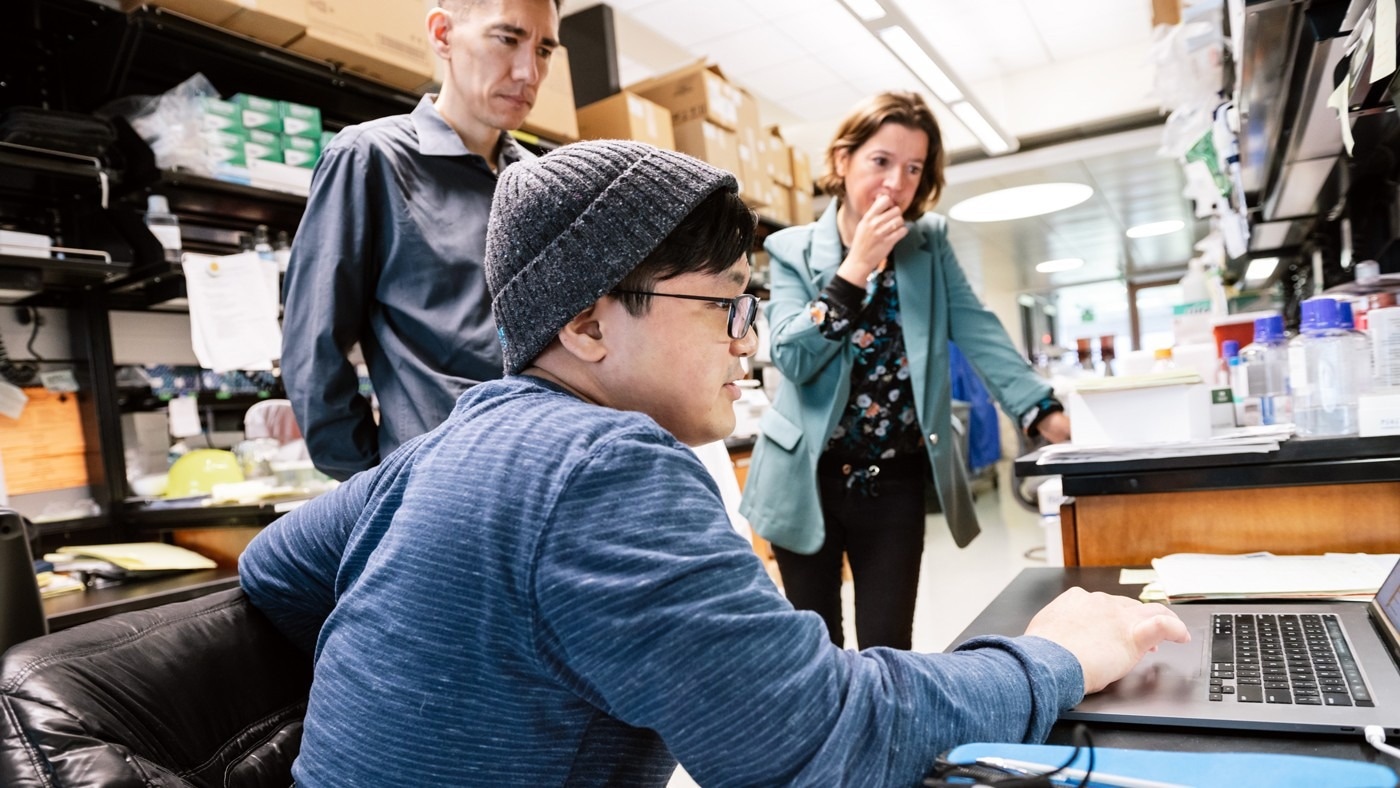The human mind has a candy tooth, burning via almost one-quarter of the physique’s sugar vitality, or glucose, every day. Now, researchers at Gladstone Institutes and UC San Francisco (UCSF) have shed new gentle on precisely how neurons-; the cells that ship electrical alerts via the brain-; devour and metabolize glucose and the way these cells adapt to glucose shortages.
Beforehand, scientists had suspected that a lot of the glucose utilized by the mind was metabolized by different mind cells known as glia, which help the exercise of neurons.
“We already knew that the mind requires lots of glucose, but it surely had been unclear how a lot neurons themselves depend on glucose and what strategies they use to interrupt the sugar down,” says affiliate investigator at Gladstone and senior writer of the “Now, we now have a significantly better understanding of the essential gas that makes neurons run.”
Scientists from Gladstone and UCSF have make clear precisely how neurons devour and metabolize glucose, which may have implications for understanding neurodegenerative ailments. Seen listed here are Ken Nakamura (left), Yoshi Sei (heart), and Myriam Chaumeil (proper). Credit score: Photograph: Michael Quick/Gladstone Institutes
Previous research have established that the mind’s glucose uptake is decreased within the early phases of neurodegenerative ailments like Alzheimer’s and Parkinson’s. The brand new findings may result in the invention of latest therapeutic approaches for these ailments and contribute to a greater understanding of the way to preserve the mind wholesome because it ages.
Easy Sugar
Many meals we eat are damaged down into glucose, which is saved within the liver and muscular tissues, shuttled all through the physique, and metabolized by cells to energy the chemical reactions that preserve us alive.
Scientists have lengthy debated what occurs to glucose within the mind, and plenty of have recommended that neurons themselves do not metabolize the sugar. They as an alternative proposed that devour many of the glucose after which gas neurons not directly by passing them a metabolic product of glucose known as lactate. Nonetheless, the proof to help this concept has been scant-; partly due to how exhausting it’s for scientists to generate cultures of neurons within the lab that don’t additionally include glial cells.
Nakamura’s group solved this downside utilizing (iPS cells) to generate pure human neurons. IPS cell expertise permits scientists to rework grownup cells collected from blood or pores and skin samples into any cell kind within the physique.
Then, the researchers combined the neurons with a labeled type of glucose that they might observe even because it was damaged down. This experiment revealed that neurons had been able to taking over glucose and processing it into smaller metabolites.
To find out exactly how neurons had been utilizing the merchandise of metabolized glucose, the crew eliminated two crucial proteins from the cells utilizing CRISPR gene enhancing. One of many proteins allows neurons to import glucose, and the opposite is required for glycolysis, the principle pathway by which cells usually metabolize glucose. Eradicating both of those proteins stopped the breakdown of glucose within the remoted human neurons.
“That is probably the most direct and clearest proof but that neurons are metabolizing glucose via glycolysis and that they want this gas to keep up regular vitality ranges,” says Nakamura, who can also be an affiliate professor within the Division of Neurology at UCSF.
Fueling Studying and Reminiscence
Nakamura’s group subsequent turned to mice to review the significance of neuronal glucose metabolism in dwelling animals. They engineered the animals’ neurons-; however not different mind cell types-; to lack the proteins required for glucose import and glycolysis. Because of this, the mice developed extreme studying and reminiscence issues as they aged.
This means that neurons will not be solely able to metabolizing glucose but in addition depend on glycolysis for regular functioning, Nakamura explains.
“Apparently, a number of the deficits we noticed in mice with impaired glycolysis diverse between men and women,” he provides. “Extra analysis is required to know precisely why that’s.”
affiliate professor at UCSF and co-corresponding writer of the brand new work, has been creating specialised neuroimaging approaches based mostly on a brand new expertise known as hyperpolarized carbon-13 that reveals the degrees of sure molecular merchandise. Her group’s imaging confirmed how the metabolism of the mice’s brains modified when glycolysis was blocked in neurons.
“Such neuroimaging strategies present unprecedented data on mind metabolism,” says Chaumeil. “The promise of metabolic imaging to tell elementary biology and enhance scientific care is immense; lots stays to be explored.”
The imaging outcomes helped show that neurons metabolize glucose via glycolysis in dwelling animals. Additionally they confirmed the potential of Chaumeil’s imaging method for learning how glucose metabolism modifications in people with ailments like Alzheimer’s and Parkinson’s.
Lastly, Nakamura and his collaborators probed how neurons adapt when they don’t seem to be in a position to get vitality via glycolysis-; as is perhaps the case in sure mind ailments.
It turned out neurons use different vitality sources, such because the associated sugar molecule galactose. Nonetheless, the researchers discovered that galactose was not as environment friendly a supply of vitality as glucose and that it couldn’t absolutely compensate for the lack of glucose metabolism.
“The research we now have carried out set the stage for higher understanding how glucose metabolism modifications and contributes to illness,” says Nakamura.
His lab plans future research on how neuronal glucose metabolism modifications with neurodegenerative ailments in collaboration with Chaumeil’s crew and the way energy-based therapies may goal the mind to spice up neuronal perform.
About Gladstone Institutes
is an unbiased, nonprofit life science analysis group that makes use of visionary science and expertise to beat illness. Established in 1979, it’s situated within the epicenter of biomedical and technological innovation within the Mission Bay neighborhood of San Francisco. Gladstone has created a analysis mannequin that disrupts how science is completed, funds large concepts, and attracts the brightest minds.
Supply:
Journal reference:
